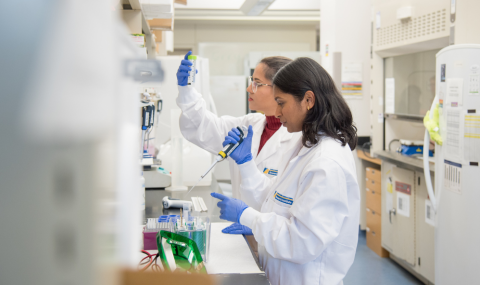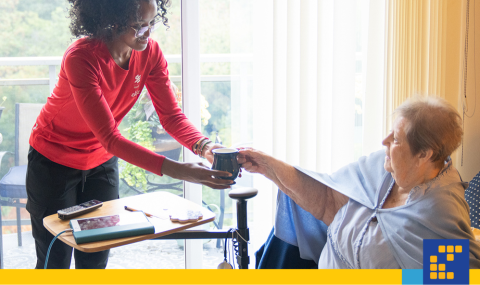A lower endoscopy, also known as colonoscopy, is a test in which the gastroenterologist looks directly at the lining of the lower intestine (called “colon” or “large intestine”) with a narrow bendable tube mounted with a camera and light. This lubricated instrument is inserted into the sedated patient via the anus and can travel to just above the colon, into the lowest part of the small intestine. Tiny tissue samples (biopsies) are usually taken during the examination, and the doctor can also remove growths (polyps) using the scope.
What to do before and after the test
The day before the test, your child will need to take oral medicine in order to clean out the stool from their bowel and drink lots of clear fluids. During this time it is important that your child does not eat any solid food or drink any fluids that you can’t see through. Four hours before the colonoscopy, your child cannot have anything further to drink. You will be given more detailed preparation instructions by your child’s nurse.
After the test, the doctor will tell you what was seen with the scope, and may have pictures of your child’s intestine to show you. You will get biopsy results later. Once your child is awake and drinking fluids, he/she can go home and start eating as before.
Some children may have a little blood in the stool for a day. Also, there may be discomfort from gas in the intestine left over from the test, as the child passes gas or let’s it out, the discomfort will go away. However, if your child has any of the following symptoms, you should call your doctor or go to the emergency department: abdominal pain for more than an hour, an abdomen that is big and hard, bleeding more than about a spoonful, bleeding that continues beyond the second day, fever, or repeated throwing up.



